News 12/22/11
Toronto-based EMR provider Nightingale Informatix Corp. pays $1.75 million cash to buy Medrium, a US-based a practice management company that serves about 1,500 physicians. Nightingale’s CEO believes the acquisition, which includes Medrium’s development and customer support teams, will strengthen the company’s foothold in the US market.
Emdeon’s ePrescribing entity is named a certified Health Data Intermediary by the Minnesota Department of Health.
The seven-physician Elko Clinic (NV) claims that since moving to MedInformatix’s PM/EMR program, it has cut its percentage of over-120-day AR accounts from 30 to one percent while eliminating 10 FTEs.
HealtheConnections, the RHIO for central New York, says over 100 area physicians have attested for Meaningful Use.
CBSMedTech joins MD-IT as a Medical Transcription Service Organization associate and will market the MD-IT platform to its physician clients.
Practice Fusion releases an infographic outlining its 2011 accomplishments and record growth.
MDInteractive introduces a mobile app that allows providers to create patient records and submit PQRS quality measures.
The New York eHealth Collaborative reaches its enrollment goal of 5,107 eligible providers. To date, 7% of NYeC enrollees have achieved Meaningful Use. Keep in mind as of the end of November, CMS reported that only 2.5% of all EPs who had registered for the Meaningful Use program had been paid.
DocBookMD reports that over 80 medical societies in 20 states now offer its HIPAA-compliant smart phone platform to send text messages and photos to patients and other providers.
Saying that the industry is not yet ready to comply, MGMA calls for HHS to immediately issue an expanded six-month contingency plan for the Version 5010 transaction standards. MGMA recommends that for the next six months, health plans continue accepting 4010 standards and adjudicate 5010 claims, even if the 5010 claims lack all the required data. In a recent MGMA member survey, the organization found that less than one third of practices have completed all the upgrades and testing required for the 5010 transition.
Am I the only one troubled by the use of the words “urologists” and “flow” in the same headline?



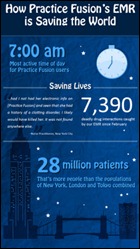
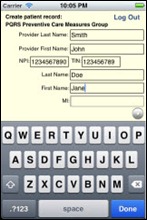
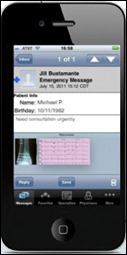
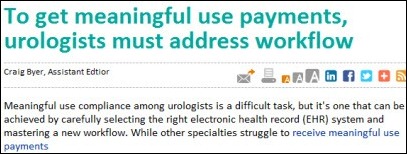




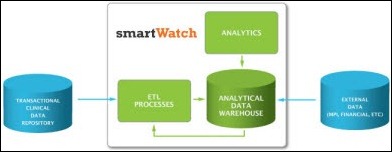
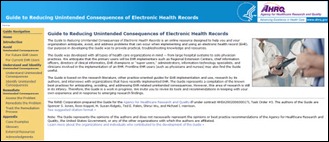

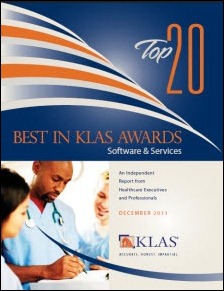





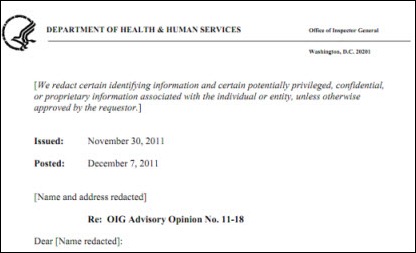
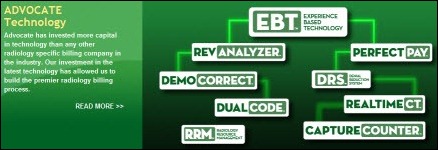
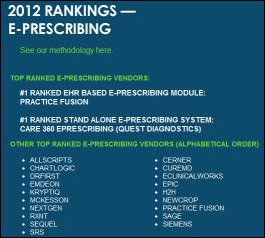


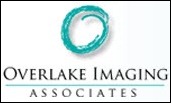
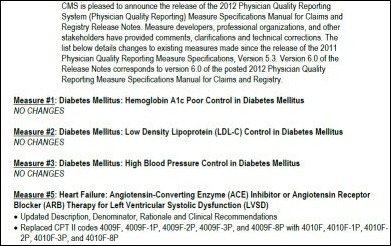
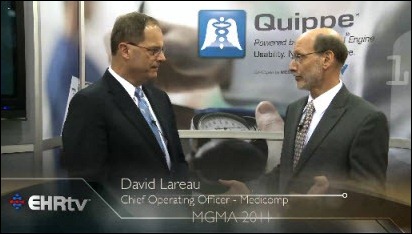

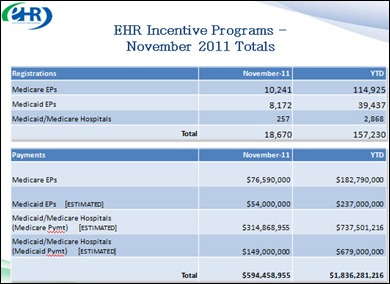


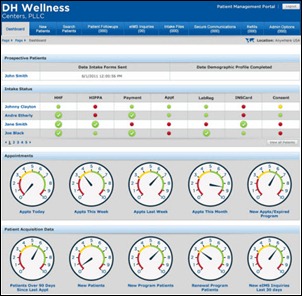

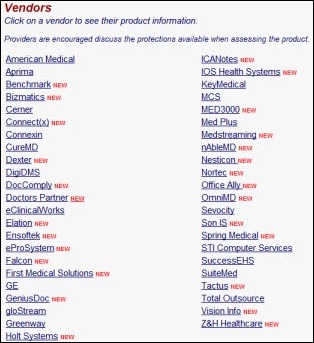

The article about Pediatric Associates in CA has a nugget with a potentially outsized impact: the implication that VFC vaccines…